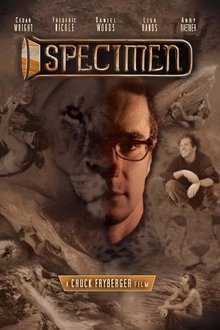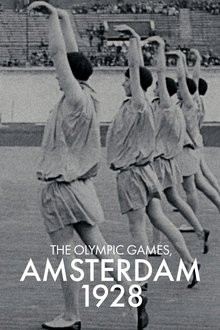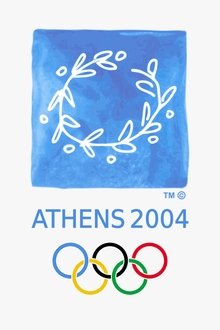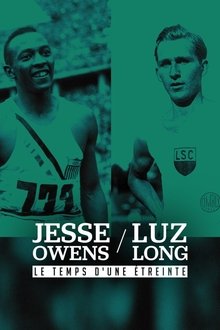The Fall tells the remarkable story of a South African barefoot runner, an American track-and-field prodigy, and the events behind one of the most memorable moments in sporting history – the 1984 LA Olympics. The film charts two journeys, from rural South Africa under apartheid and the rolling hills of Southern California, to the starting line of the women’s 3,000 metres. It uncovers a tale of betrayal and exploitation, of the blurred lines between politics, media and sport, and of the dedication and sacrifice required to compete at the highest level. It’s a story that split governments and divided nations, but at its heart is a tale of two young women who, despite the turmoil in their lives, just wanted to run.
Related Movies

La fabbrica sospesa (1987)
Blue-collar workers, executives, and other people at the Pirelli Bicocca plant talk about the upcoming shutdown of the factory. It's the end for a piece of history of Italian industry and also for a place of memory of workers' struggle: the movie documents the different reactions and scales of awareness determined by class belonging to the functions held in the factory by the interviewees.

Boy George & Culture Club (2025)
Set against the backdrop of 1980s Britain, four young men – Boy George, Roy Hay, Mikey Craig, and Jon Moss – formed a multi-racial, ethnically diverse, and sexually liberated band with a style and sound that challenged the status quo during the era of New Romantics and Margaret Thatcher’s Britain.

Addicted to Solitude (1999)
I traveled to South Africa to find a white family living on a desolate farm. I wanted to film how they faced the new days of equality after the fall of Apartheid. But I soon lost my way both on the endless roads and in my way. Instead, the film became a story about two very different women who both experienced a tragic loss in the midst of a white community not too fond of the future.
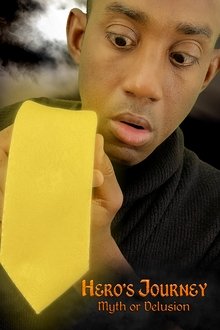
Hero's Journey: Myth or Delusion (NaN)
A librarian explores the mythical landscape of a timeless storytelling concept and reveals a revelation about a critical key stage.

Akademija the Republic (1995)
Akademija Republika shows a group of people gathered around the club from 1981 until 1995 and how it changed and influenced the cultural and night life around them.
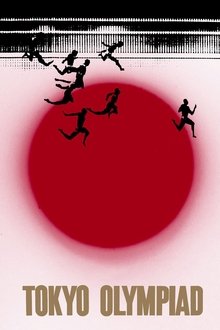
Tokyo Olympiad (1965)
This impressionistic portrait of the 1964 Tokyo Summer Olympics pays as much attention to the crowds and workers as it does to the actual competitive events. Highlights include an epic pole-vaulting match between West Germany and America, and the final marathon race through Tokyo's streets. Two athletes are highlighted: Ethiopian marathon runner Abebe Bikila, who receives his second gold medal, and runner Ahamed Isa from Chad, representing a country younger than he is.

Tokyo 2020 Olympic Closing Ceremony (2021)
The Closing Ceremony of the Games of the XXXII Olympiad in the New National Stadium in Tokyo
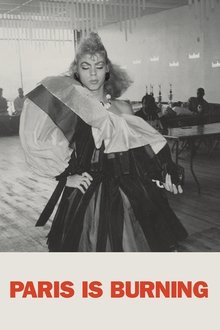
Paris Is Burning (1991)
Where does voguing come from, and what, exactly, is throwing shade? This landmark documentary provides a vibrant snapshot of the 1980s through the eyes of New York City's African American and Latinx Harlem drag-ball scene. Made over seven years, PARIS IS BURNING offers an intimate portrait of rival fashion "houses," from fierce contests for trophies to house mothers offering sustenance in a world rampant with homophobia, transphobia, racism, AIDS, and poverty. Featuring legendary voguers, drag queens, and trans women — including Willi Ninja, Pepper LaBeija, Dorian Corey, and Venus Xtravaganza.

Television Without Frontiers (2019)
Television Without Frontiers centers around a 1982 project titled "Eurikon", originally an attempt to establish a transnational public service network. The film brings together media personalities that engage in multilingual conversations in an atmosphere that shifts between the past and the present.
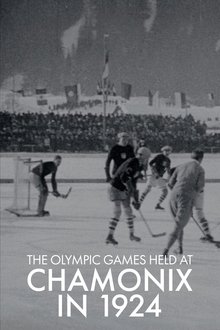
The 1924 Chamonix Olympic Games (1924)
A documentary covering the Olympic Games at Chamonix in 1924.
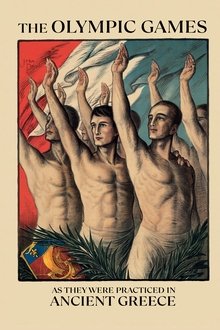
The Olympic Games as They Were Practiced in Ancient Greece (1924)
A documentary on the Olympic games of ancient Greece, made during the 1924 games.

The IX Olympiad in Amsterdam (1928)
A documentary on the 1928 Olympic Games in Amsterdam. Made by Istituto Luce, there is an understandable focus on Italian athletes, but it is the first Olympic documentary that describes the techniques of certain events.
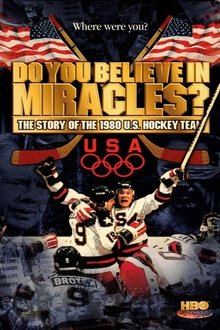
Do You Believe in Miracles? The Story of the 1980 U.S. Hockey Team (2002)
At the Winter Olympics of 1980, after two tense weeks amidst growing Cold War fears, the U.S. Olympic hockey team found themselves playing improbably against the legendary unbeatable Soviet Army hockey team for Olympic Gold. From the live footage taken at Lake Placid, NY, and through interviews beginning with the team's assembly through the experience of winning the gold medal.

Heaven is a Traffic Jam on the 405 (2016)
56-year-old artist Mindy Alper has suffered severe depression and anxiety for most of her life. For a time she even lost the power of speech, and it was during this period that her drawings became extraordinarily articulate.

Olympia 1936. Der verratene Traum (2016)
The film chronicles the story of how the Nazis and the IOC turned, to their mutual benefit, a small sports event into the modern Olympics. The grand themes and controversial issues from the 1936 Games have continued to this day: Monumentality, budget overruns, collusion with authoritarian regimes, corruption and sometimes even bribery.
